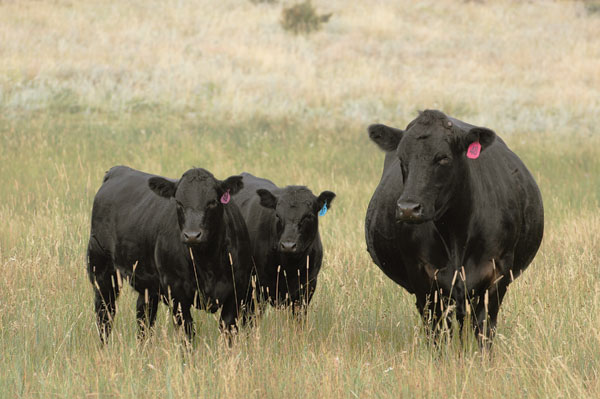Genomic testing is growing up
The beef business is moving from a segmented industry to one that’s more united, and information is at the core of that shift. Genomic data is helping that transition.
February 7, 2017

There’s never any telling when products or technology transcend their toddling novelty, early-adopter phase to the early days of mainstream adoption. But that latter phase seems an apt description of genomic testing today, based on hall talk and several sessions at this year’s Cattlemen’s College during the 2017 Cattle Industry Convention in Nashville.
“We are moving from a segmented industry over time to a much more united and integrated industry and we’re doing it with information,” explains Kent Andersen, genetics associate director of global technical services, Zoetis.
Genomic data is a growing part of that information.
“The big paradigm shift we think is set to change is the incorporation of genomic data into calf value discovery,” Andersen says. He notes the growing use of genomic information in leveraging prediction accuracy of genetic merit. In turn, that’s leading to programs like Top Dollar Angus and Reputation Feeder Cattle that tap into calf pedigree and genomic verification to assess calf value for buyers and sellers.
One of the stepping-stones along the way is the growing number of commercial producers utilizing genomic tests to identify replacement heifers. Without using genomic tests, Anderson explains that experience is showing that producers would choose 66-75% of the same heifers. With the technology, selection risk can be winnowed by 25-33%.
On the other end of the spectrum, Megan Rolf, assistant professor in animal breeding at Kansas State University, described a current research project using genotyping to identify lethal alleles that cause early embryonic death and impair herd fertility.
Alison Van Eenennaam, University of California-Davis Extension specialist in animal genomics and biotechnology, demonstrated a decision-support tool that enables producers to optimizing the mating strategy between cows in the herd and prospective bulls, while avoiding lethal alleles.
The tool, called MateSel, is still in beta testing so it’s not yet available for use, but the goal is that it will help breeders minimize calf loss to lethal alleles by knowing a little about the planned matings to avoid carrier to carrier match-ups.
This type of mate allocation also aids in maintaining diverse lines of animals with superior genetic merit for a variety of traits, as carriers do not need to be eliminated from the population but rather can be mated to avoid affected offspring or adverse effects on fertility, Van Eenennaam says in a White Paper she co-=authored with Rolf. Using programs like MateSel, carrier to carrier matings can be avoided while still considering other important factors, such as level of inbreeding and genetic merit.
About the Author(s)
You May Also Like




.png?width=300&auto=webp&quality=80&disable=upscale)
